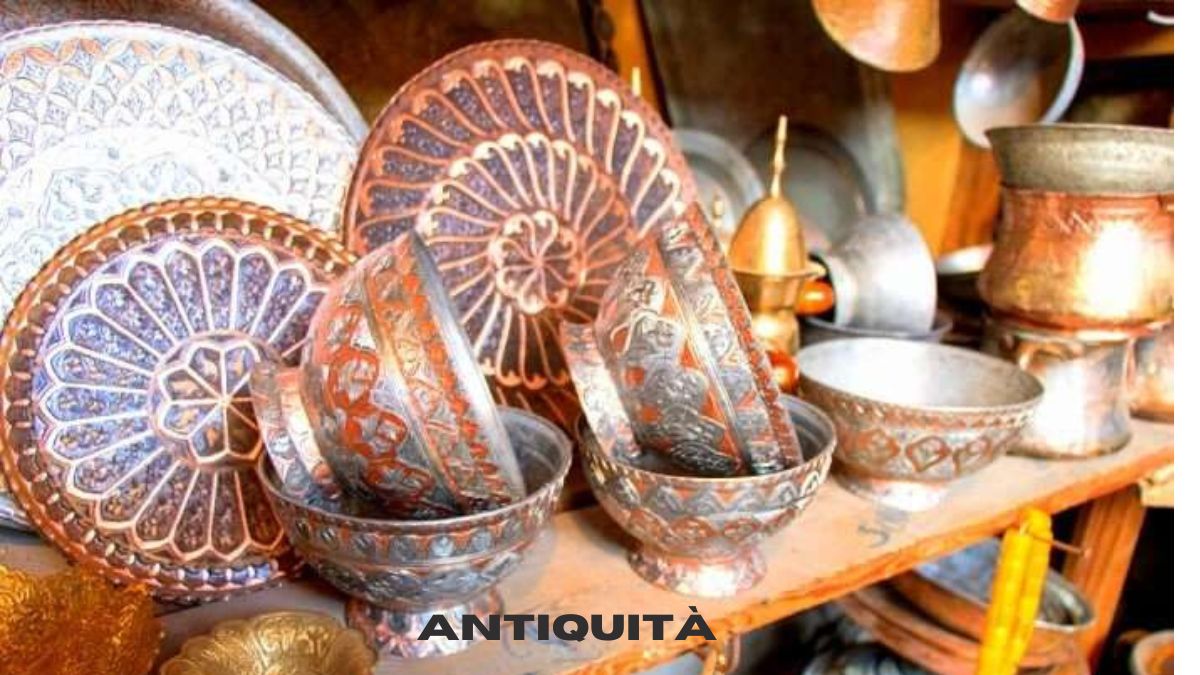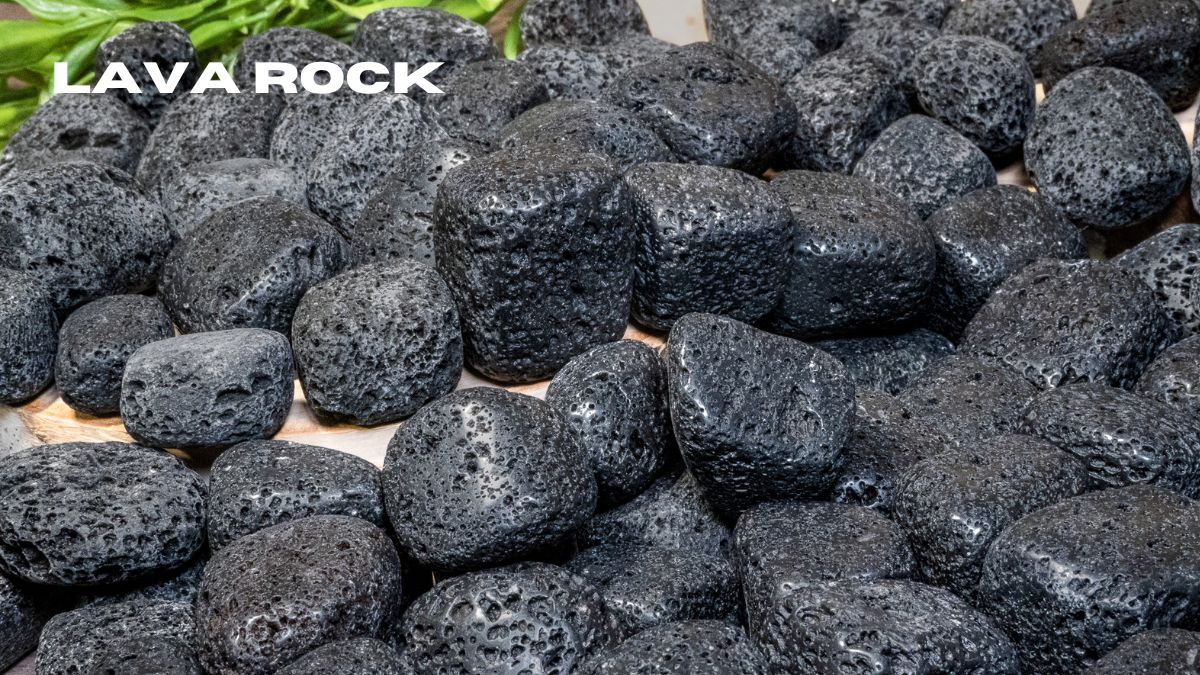Topic
PTSO Meaning: Understanding the Power of Essential Acronym

In today’s fast-paced world, acronyms play a vital role in streamlining communication and conveying complex ideas concisely. One such acronym that has gained prominence in various fields is PTSO. But what does PTSO mean, and why is it important? Let’s delve deeper into the meaning, applications, benefits, and challenges associated with PTSO.
Introduction to PTSO
PTSO stands for “Purpose, Task, Structure, and Outcome.” It serves as a framework or guiding principle for organizing and executing various activities efficiently. Originally developed in the context of project management, PTSO has evolved to become a versatile tool applicable across diverse domains.
Understanding the Meaning of PTSO
Breaking down the acronym
Each letter in PTSO represents a crucial aspect of any endeavor:
- Purpose: Defines the overarching goal or objective behind a task.
- Task: Refers to the specific activity or assignment that needs to be accomplished.
- Structure: Involves outlining the steps, resources, and timelines required to complete the task.
- Outcome: Signifies the desired result or deliverable expected from completing the task.
The significance of each component
- Purpose: Establishing a clear purpose provides direction and alignment, ensuring that efforts are focused on achieving meaningful objectives.
- Task: Breaking down larger goals into manageable tasks enhances clarity and facilitates progress tracking.
- Structure: Having a well-defined structure promotes efficiency, minimizes confusion, and optimizes resource utilization.
- Outcome: Defining desired outcomes enables evaluation of success and facilitates continuous improvement.
Common Applications of PTSO
PTSO finds application across various sectors, including:
Medical field
In healthcare settings, PTSO aids in organizing patient care, clinical procedures, and research activities, ensuring optimal outcomes and patient satisfaction.
Education
Educators utilize PTSO to design lesson plans, curriculum frameworks, and assessment strategies, fostering student engagement and academic success.
Business
In the corporate world, PTSO guides project management, strategic planning, and operational processes, facilitating goal attainment and business growth.
Benefits of PTSO
Improved communication
PTSO promotes clarity and coherence in communication, minimizing misunderstandings and fostering collaboration among team members.
Enhanced organization
By providing a structured approach to task management, PTSO enhances organization, enabling individuals and organizations to prioritize effectively and allocate resources efficiently.
Increased efficiency
The systematic implementation of PTSO streamlines workflows, reduces redundancies, and accelerates task completion, leading to improved productivity and cost-effectiveness.
Challenges and Limitations of PTSO
Despite its advantages, PTSO may encounter certain challenges, including:
Misinterpretation
Misinterpretation of purpose or outcomes can lead to misalignment and inefficiencies in task execution, undermining the effectiveness of PTSO.
Overuse
Over-reliance on PTSO without considering contextual nuances or individual preferences may result in rigidity and stifled creativity.
Technical difficulties
Complex projects or dynamic environments may pose challenges in structuring tasks or predicting outcomes accurately, necessitating flexibility and adaptability.
How to Implement PTSO Effectively
Effective implementation of PTSO requires:
Clear communication strategies
Ensuring that purpose, tasks, structure, and outcomes are communicated clearly and consistently to all stakeholders.
Training and education
Providing training and resources to help individuals understand and apply PTSO principles effectively in their respective roles.
Utilizing technology
Leveraging technology tools and platforms to streamline task management, collaboration, and performance tracking.
Real-Life Examples of Successful PTSO Implementation
Numerous organizations have successfully integrated PTSO into their operations, including:
- Healthcare systems: Hospitals and clinics use PTSO to coordinate patient care, manage medical records, and conduct clinical trials efficiently.
- Educational institutions: Schools and universities incorporate PTSO into curriculum design, student assessment, and administrative processes.
- Corporate settings: Companies apply PTSO in project management, product development, and performance evaluation, optimizing business outcomes and customer satisfaction.
Future Trends in PTSO
As technology continues to advance, the future of PTSO holds exciting possibilities, such as:
- Advancements in technology: Emerging technologies such as AI, machine learning, and data analytics are expected to enhance the capabilities and effectiveness of PTSO.
- Integration with AI and automation: Automation of routine tasks and decision support systems powered by AI are likely to revolutionize how PTSO is implemented and managed.
Conclusion
PTSO offers a powerful framework for organizing and executing tasks with clarity, efficiency, and purpose. By understanding the meaning, applications, benefits, and challenges associated with PTSO, individuals and organizations can harness its potential to drive success and achieve desired outcomes in various endeavors.
Topic
Antiquità: Preserving the Treasures of the Past

Antiquità, often referred to as artifacts or relics, are objects or structures that have survived from ancient times, offering valuable insights into past civilizations. From ancient pottery and coins to grand architectural ruins, antiquities hold a significant place in human history and cultural heritage.
Introduction to Antiquità
Antiquities encompass a wide range of objects and structures from ancient civilizations, spanning various periods and cultures. These artifacts provide tangible links to our past, offering clues about the lives, beliefs, and achievements of our ancestors. They are vital in understanding the evolution of human society and culture.
Types of Antiquities
Antiquities come in diverse forms, including artifacts such as tools, weapons, and artworks; coins used for trade and commerce; pottery used for domestic and ceremonial purposes; and architectural remnants such as temples, palaces, and tombs.
The Value of Antiquities
Antiquities hold immense value on multiple fronts. They offer invaluable insights into historical events, technological advancements, and cultural practices of ancient civilizations. Moreover, they serve as tangible connections to our heritage, fostering a sense of identity and belonging among communities. Additionally, some antiquities hold considerable monetary value, attracting collectors and investors.
The Importance of Preserving Antiquities
Preserving antiquities is crucial for safeguarding our cultural heritage for future generations. By protecting these artifacts and structures, we can maintain a tangible link to our past and ensure that the lessons and achievements of ancient civilizations are not lost to time.
Challenges in Preserving Antiquities
Despite their importance, antiquities face numerous threats, including theft, illegal trade, natural disasters, and environmental degradation. The illicit trade in antiquities not only robs countries of their cultural heritage but also fuels organized crime and terrorism.
Efforts in Antiquities Preservation
Various initiatives and organizations are dedicated to the preservation of antiquities. UNESCO’s World Heritage Sites program recognizes and protects sites of outstanding universal value, while governments enact laws and regulations to combat the illicit trade in antiquities. Public awareness campaigns and educational programs also play a crucial role in fostering appreciation for antiquities and promoting their preservation.
The Role of Technology in Antiquities Preservation
Advancements in technology have revolutionized the field of antiquities preservation. Digital techniques such as 3D scanning and printing allow for the creation of precise replicas, enabling researchers to study and analyze artifacts without risking damage to the originals. Geographic Information Systems (GIS) facilitate the mapping and documentation of archaeological sites, aiding in their conservation and management.
Case Studies in Antiquities Preservation
Numerous restoration projects, museums, and cultural institutions around the world are dedicated to the preservation and display of antiquities. From the restoration of ancient ruins to the curation of archaeological collections, these efforts ensure that antiquities are safeguarded and accessible to the public.
Conclusion
Antiquità serve as tangible links to our past, offering invaluable insights into the diverse cultures and civilizations that preceded us. By preserving these artifacts and structures, we can honor our shared heritage and ensure that the legacy of past generations endures for future ones to appreciate and learn from.
Topic
The Marvels of Lava Rock: Nature’s Versatile Gift

Lava rock, with their rugged beauty and diverse applications, have captivated human imagination for centuries. From their formation deep within the Earth to their myriad uses in everyday life, these volcanic marvels hold a special place in geology and culture alike.
Formation of Lava Rocks
Lava rocks, also known as volcanic rocks, are born from the fiery depths of volcanic eruptions. When molten lava cools rapidly upon exposure to the Earth’s surface or water, it solidifies into various types of volcanic rock.
Types of Lava Rocks
Basalt
Basalt, the most common type of lava rock, boasts a dense composition and typically appears black or dark gray in color. Its fine-grained texture and durability make it a popular choice for construction materials and decorative purposes.
Obsidian
Obsidian, often referred to as volcanic glass, forms when lava cools rapidly with minimal crystal growth. This results in a smooth, shiny appearance, ranging from black to brown and even translucent hues. Obsidian has historically been prized for its use in tools, weapons, and ornamental objects.
Pumice
Pumice, characterized by its lightweight and porous nature, forms when frothy lava undergoes rapid cooling and solidification. Its high porosity makes it an excellent abrasive material and a popular addition to horticultural soils and skincare products.
Properties and Characteristics
Lava rocks exhibit distinct properties and characteristics that contribute to their versatility and appeal across various industries.
Color and Texture
While basalt typically appears dark due to its high iron content, obsidian can range from jet black to mahogany brown or even exhibit translucent properties. Pumice, on the other hand, is light in color and has a frothy texture due to trapped gas bubbles during its formation.
Porosity
One of the defining features of lava rocks is their porosity, which varies depending on factors such as cooling rate and mineral composition. This porosity allows for efficient water retention in horticultural applications and enhances heat distribution in culinary uses.
Heat Retention
Lava rocks possess exceptional heat retention properties, making them ideal for applications such as grill cooking and landscaping. Their ability to absorb and radiate heat evenly ensures consistent cooking temperatures and promotes plant growth in garden settings.
Common Uses of Lava Rocks
Lava rocks find diverse applications across several industries, owing to their unique properties and aesthetic appeal.
Landscaping
In landscaping, lava rocks are prized for their natural beauty and low maintenance requirements. They serve as decorative mulch, ground cover, and accent pieces in gardens, pathways, and water features, adding texture and contrast to outdoor spaces.
Jewelry Making
Obsidian, with its glossy surface and striking colors, has long been favored by artisans for crafting jewelry and ornamental objects. Its smooth texture and ability to take a high polish make it an attractive choice for statement pieces and spiritual adornments.
Grill Cooking
Lava rocks are commonly used in gas grills to distribute heat evenly and impart smoky flavor to grilled foods. Placing lava rocks above the burner flames ensures consistent cooking temperatures and reduces flare-ups, enhancing the grilling experience for enthusiasts.
Benefits of Lava Rocks
Beyond their aesthetic appeal, lava rocks offer several practical benefits that make them invaluable in various applications.
Natural Aesthetics
The rugged beauty of lava rocks adds a touch of authenticity to landscaping projects and outdoor designs, creating visual interest and harmony with natural surroundings.
Heat Distribution
In grill cooking, lava rocks act as natural heat diffusers, preventing hot spots and ensuring uniform cooking of meats and vegetables. Their ability to absorb and radiate heat evenly results in deliciously seared dishes with enhanced flavor profiles.
Durability
Lava rocks are renowned for their durability and longevity, standing the test of time in both indoor and outdoor settings. Their resistance to weathering, corrosion, and impact makes them a reliable choice for construction materials and decorative accents.
Environmental Impact
While lava rocks offer numerous benefits, it’s essential to consider their environmental impact and sustainability practices.
Sustainability
As natural resources, lava rocks are finite in supply and must be harvested responsibly to preserve geological diversity and ecosystems. Sustainable extraction practices and reclamation efforts help mitigate environmental degradation and protect vulnerable habitats.
Recycling
Recycling initiatives aim to repurpose discarded lava rocks and minimize waste generation in construction and landscaping projects. By crushing and reusing lava rock aggregates, manufacturers reduce the demand for virgin materials and lessen the burden on natural resources.
Tips for Using Lava Rocks
Whether in landscaping or culinary pursuits, maximizing the benefits of lava rocks requires proper care and maintenance.
Cleaning and Maintenance
To prolong the lifespan of lava rocks, regular cleaning and inspection are essential to remove debris and prevent mold or bacterial growth. For grill cooking, periodic brushing and heat treatment help maintain optimal performance and flavor retention.
Safety Precautions
When handling lava rocks, it’s crucial to wear protective gear and exercise caution to avoid injuries from sharp edges or abrasive surfaces. Proper ventilation is also recommended in enclosed spaces to prevent respiratory irritation from dust particles.
Myths and Misconceptions
Despite their widespread use, lava rocks are sometimes shrouded in myths and misconceptions that warrant clarification.
Are Lava Rocks Always Black?
While basalt, the most common lava rock type, tends to be dark in color due to its mineral composition, variations exist within the spectrum of volcanic rocks. Obsidian, for instance, can exhibit hues ranging from black to brown or even translucent shades, depending on its chemical makeup and cooling conditions.
Are They Dangerous?
Contrary to popular belief, lava rocks are not inherently dangerous when used responsibly. While volcanic eruptions can pose hazards to nearby communities, properly cooled lava rocks undergo chemical changes that render them stable and safe for various applications.
Topic
Paradisehill: A Hidden Gem Worth Exploring

Nestled away from the hustle and bustle of urban life lies Paradisehill, a serene destination waiting to be discovered by avid travelers seeking tranquility and natural beauty. Situated in a remote corner of the world, Paradisehill offers a glimpse into untouched landscapes and rich cultural heritage.
History of Paradisehill
The history of Paradisehill dates back centuries, with tales of ancient civilizations and colonial influences shaping its past. From indigenous tribes to colonial settlers, each chapter has contributed to the diverse tapestry of the region, leaving behind remnants of bygone eras waiting to be explored by intrepid adventurers.
Geography and Climate
Paradisehill boasts a diverse geography, ranging from lush forests to pristine beaches and towering mountains. Its tropical climate ensures warm temperatures year-round, making it an ideal destination for sun-seekers and outdoor enthusiasts alike.
Flora and Fauna
The region is home to a plethora of flora and fauna, with dense jungles teeming with exotic wildlife and vibrant flora. From colorful bird species to elusive jungle cats, Paradisehill offers a haven for nature lovers keen on exploring its biodiverse ecosystems.
Tourist Attractions
Natural Attractions
Paradisehill is renowned for its breathtaking natural beauty, with pristine beaches, cascading waterfalls, and majestic mountains awaiting exploration. Whether lounging on sandy shores or embarking on a trek through verdant rainforests. Visitors are spoilt for choice when it comes to experiencing the wonders of nature.
Cultural Attractions
In addition to its natural splendor, Paradisehill boasts a rich cultural heritage, with ancient temples, bustling markets, and vibrant festivals offering a glimpse into the region’s storied past. From ornate shrines to lively street markets, cultural enthusiasts will find themselves immersed in the vibrant tapestry of local life.
Adventure Activities
For adrenaline junkies seeking thrills, Paradisehill offers a myriad of adventure activities, from snorkeling in crystal-clear waters to trekking to hidden waterfalls and zip-lining through lush canopies. With its diverse terrain, the region provides endless opportunities for outdoor adventures.
Cuisine of Paradisehill
No visit to Paradisehill is complete without indulging in its delectable cuisine, which reflects a fusion of indigenous flavors and colonial influences. From fresh seafood delicacies to aromatic spice-infused dishes. The local cuisine tantalizes the taste buds of visitors from around the globe.
Accommodation Options
From luxury resorts overlooking pristine beaches to eco-friendly lodges nestled in the heart of the jungle. Paradisehill offers a range of accommodation options to suit every traveler’s preferences and budget.
Transportation
Getting to Paradisehill is part of the adventure, with options ranging from scenic boat rides along winding rivers to adventurous jungle treks and convenient air travel. Once in the region, visitors can explore its many attractions via local buses, taxis, or rental vehicles.
Sustainable Tourism Initiatives
Paradisehill is committed to preserving its natural beauty and cultural heritage through sustainable tourism initiatives aimed at minimizing environmental impact and empowering local communities. From beach clean-up drives to eco-friendly accommodation options, travelers are encourage to support these initiatives during their visit.
Local Festivals and Events
Throughout the year, Paradisehill comes alive with colorful festivals and events celebrating its cultural diversity and traditions. From lively street parades to traditional dance performances, visitors are invited to immerse themselves in the vibrant festivities and experience the warmth and hospitality of the local community.
Tips for Travelers
Before embarking on a journey to Paradisehill, travelers are advise to pack light. Carry essentials such as sunscreen and insect repellent, and respect local customs and traditions. Additionally, it’s recommended to book accommodations and activities in advance, especially during peak tourist seasons.
Safety and Security
While Paradisehill is generally a safe destination for travelers, it’s important to exercise caution and remain vigilant. Especially when exploring remote areas or participating in adventure activities. Travelers are advise to stay informed about local weather conditions and follow the guidance of experience guides and tour operators.
Conclusion
Paradisehill offers a truly immersive travel experience for those seeking adventure, relaxation, and cultural enrichment. With its pristine landscapes, rich cultural heritage, and warm hospitality, it’s no wonder that Paradisehill remains a hidden gem worth exploring for travelers seeking to escape the ordinary and discover the extraordinary.
-

 Gardening9 months ago
Gardening9 months agoHow to Get Rid of Bugs in Your Bagged Soil (Answered)
-

 Backyard9 months ago
Backyard9 months agoShould You Remove Pine Needles from Under a Tree? (Answered)
-

 Gardening9 months ago
Gardening9 months ago10 Surprising Facts About Greenhouses (How Do Greenhouses Work?)
-

 Backyard9 months ago
Backyard9 months agoHow to Keep Rodents Away from Your Garden Mulch (Answered)
-

 Backyard9 months ago
Backyard9 months agoHow to Use Conifer Clippings as Mulch (Explained)
-

 Gardening9 months ago
Gardening9 months agoTips for Growing Tomatoes in Clay Soil (Important Facts!)
-

 Gardening9 months ago
Gardening9 months agoWhy Seed Scarification is Important (What Is Seed Scarification)
-

 Gardening9 months ago
Gardening9 months agoHow to Stop Grass From Growing Through Mulch (Explained with Examples)
